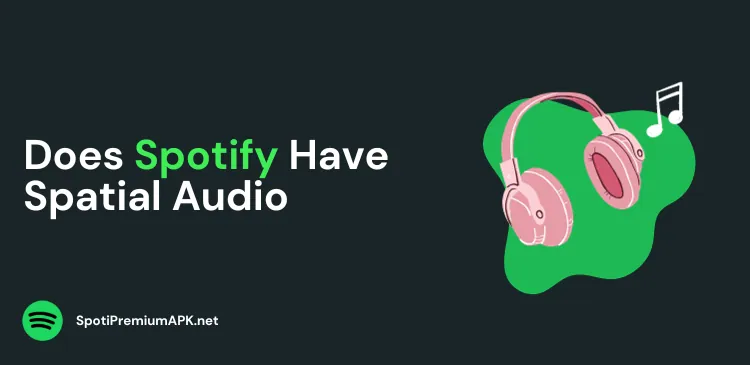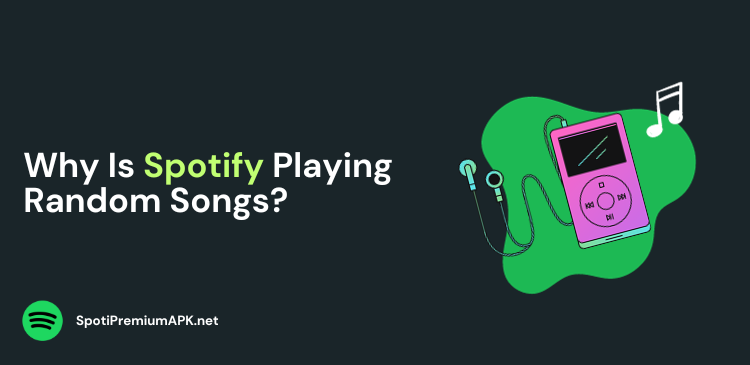Why is Playback Restricted on Spotify?
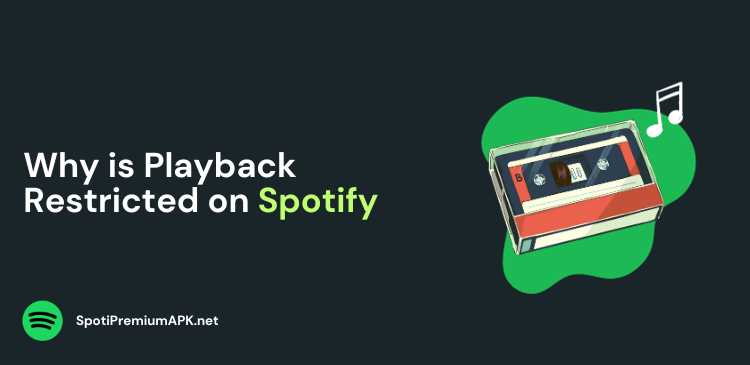
Spotify is one of the most popular music streaming services that has revolutionized the way we listen to music. Spotify is house to almost all popular songs, and podcasts, while some are exclusively available on the platform.
However, as convenient as the platform is, it does come with certain limitations and restrictions that sometimes leave users frustrated. One such common issue is users facing playback restrictions on Spotify.
Why is Playback Restricted on Spotify?
The reason why playback is restricted on Spotify may be because the song you are trying to listen to is not yet available in your country. Or, the artist’s license has expired and it may have led to restricted playback on Spotify.
There are several reasons for playback restrictions on Spotify. Here is a detailed look at all the reasons why you might be experiencing restrictions.
1. Geographical Restrictions
Geographical restrictions on Spotify might lead to playback restrictions. It is quite frustrating for users who travel and want to listen to music from different regions.
These geographical restrictions are primarily due to licensing agreements. Content owners specify where their music can be available for streaming, and Spotify has to comply with such terms.
In most cases, certain tracks and songs are only available in the United States, but not in other countries, and vice versa.
2. Licensing and Copyright
As mentioned above, one of the main reasons behind Spotify’s playback restrictions is licensing and copyright. Spotify, like other streaming platforms, must negotiate and pay for licenses to stream songs from various record labels, artists, and publishers.
These agreements are often region-specific and subject to various conditions. As a result of this, not all songs are available in all regions. As frustrating as it is, Spotify does not impose these restrictions but is legally bound to follow these terms and conditions.
3. Free vs Premium Spotify Tiers
Spotify has two subscription tiers: Free and Premium. Playback restrictions also depend on which tier you use. Although the free tier offers access to a vast library of music, it comes with various restrictions.
For example, Users of the free tier are subjected to ads that interrupt their listening experience. These ads are a source of revenue for Spotify, which allows them to offer a free service.
In contrast, Spotify Premium users don’t have to worry about these restrictions and can enjoy ad-free listening.
4. Cache Issue
If you are facing playback restrictions on Spotify, you should clear your cache and app data to fix the issue. There could be a cache issue that is stopping you from listening to the song you want to.
You can clear your app cache from the Settings. It is accessible from the Spotify’s app.
How to Listen to Restricted Songs on Spotify?
If you want to listen to a song that is not yet available in your country, you can use a VPN to listen to such songs. To listen to the restricted song, you can connect to a VPN in a country where the song is available.
Here’s how you can listen to restricted songs on Spotify:
- Download a VPN app on your device.
- Sign in and from the app, connect to a server in a country where your song is available.
- Open the Spotify app.
- Search for the song and enjoy streaming.
Why is Spotify Playback Restricted on Alexa?
If your Spotify is already linked to your Alexa account, but you are still facing playback issues, you should check whether Alexa is connected to Spotify properly.
Here’s how to do it:
- Launch your Amazon Alexa App and open Settings.
- Select Music and Podcasts.
- Click Link New Service and choose Spotify.
- Click ‘Enable to Use’ and log in through Spotify.
Read more:
- How to fix Spotify Daily Mix not updating
- How to clear your queue on Spotify
- How to change your Spotify profile picture
Conclusion
In conclusion, playback restrictions on Spotify are primarily a result of licensing and copyright agreements that govern the music industry. These restrictions vary depending on the subscription tier (Free or Premium), geographical location, and the specific terms of licensing agreements with content owners.
While these restrictions can be frustrating for users, they are essential for protecting the rights of artists and content owners and maintaining a sustainable streaming platform.
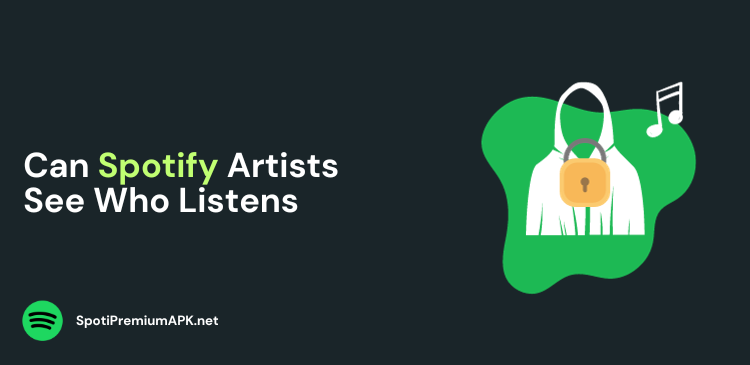
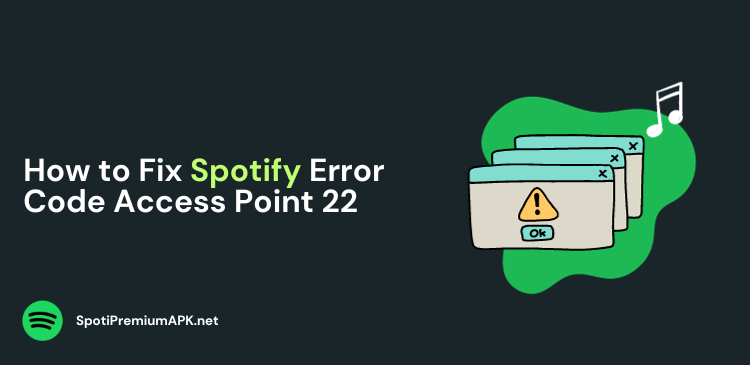
![List of Spotify Preferred Distributors [2024]](https://spotipremiumapk.net/wp-content/uploads/2024/02/List-of-Spotify-Preferred-Distributors.png)
